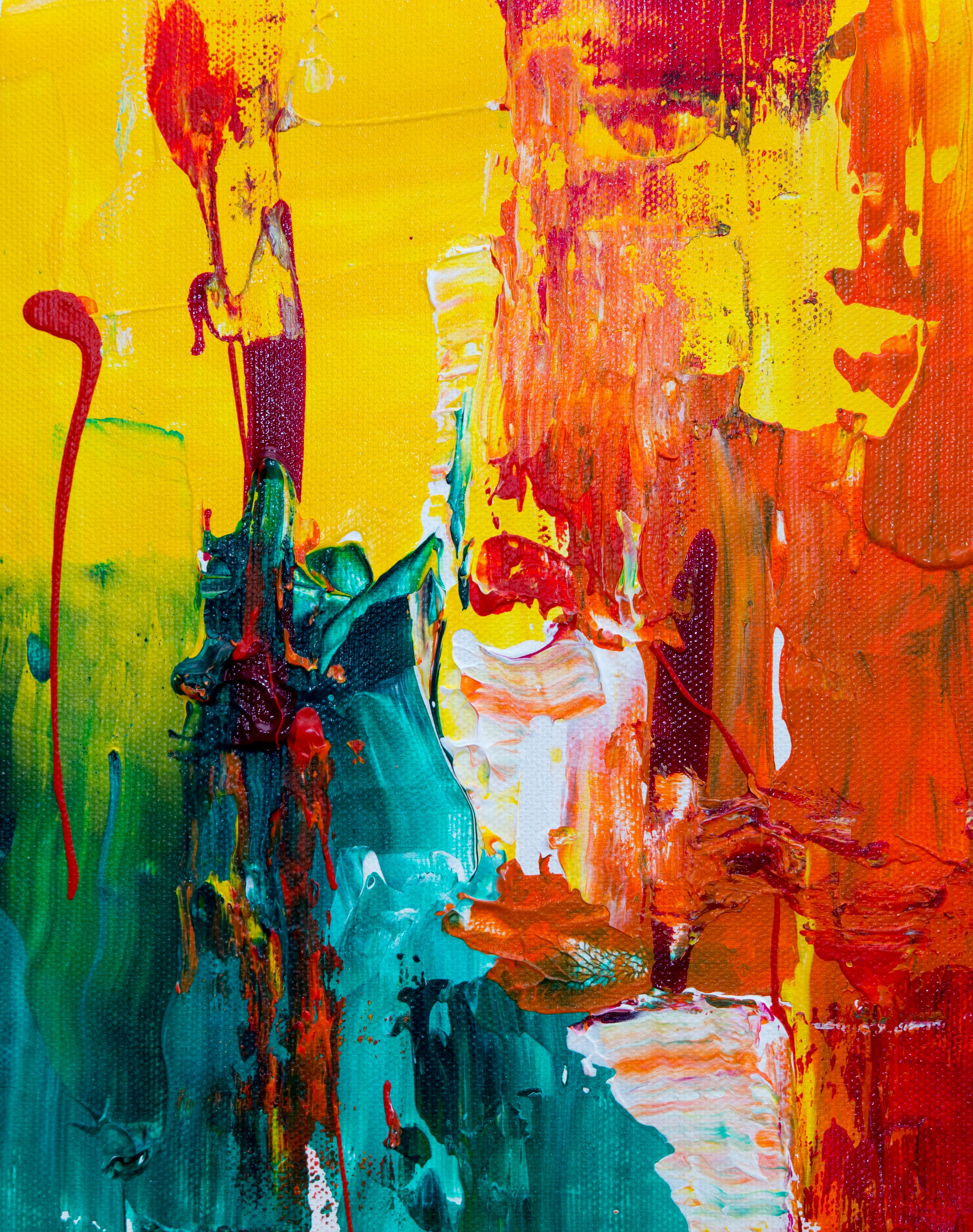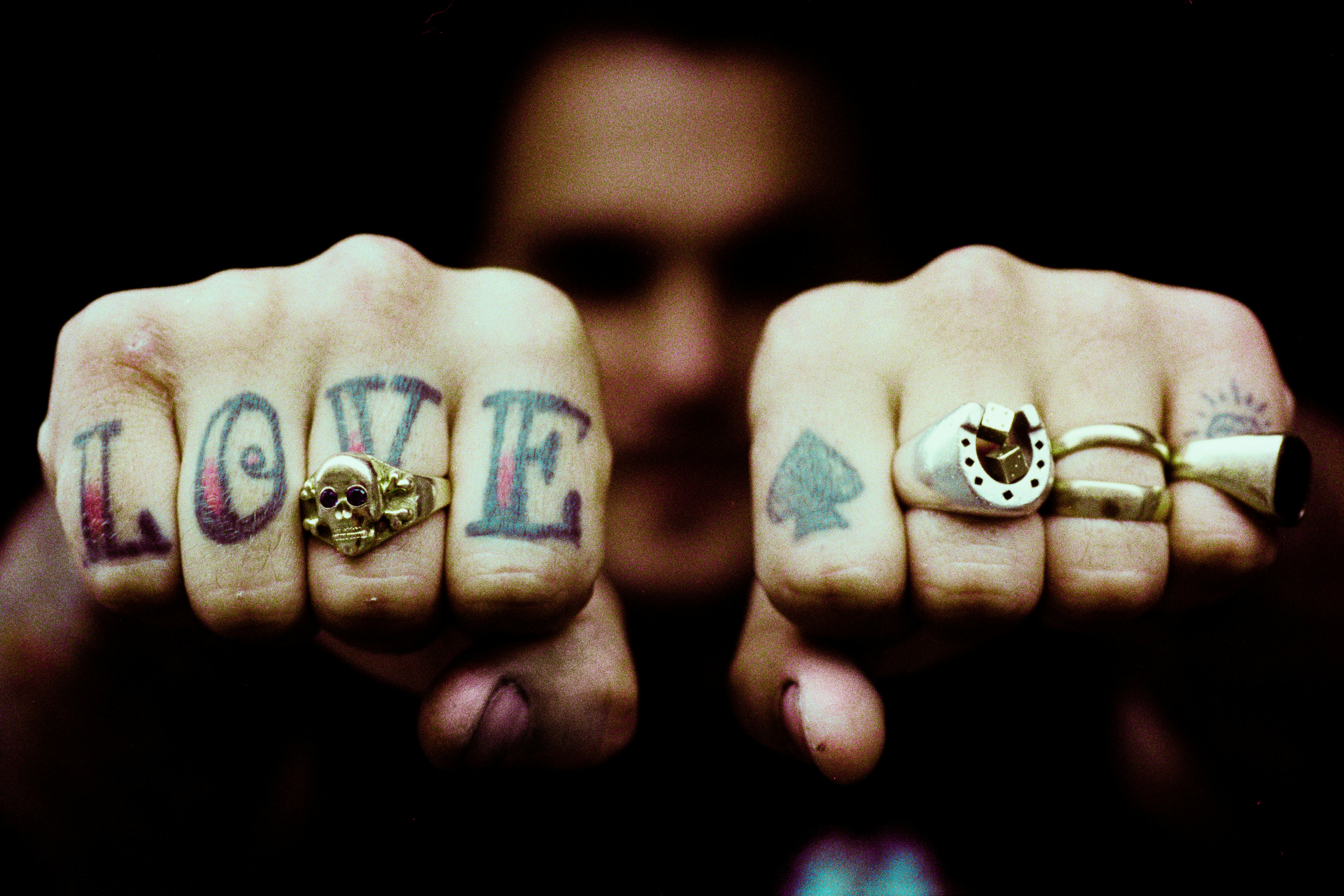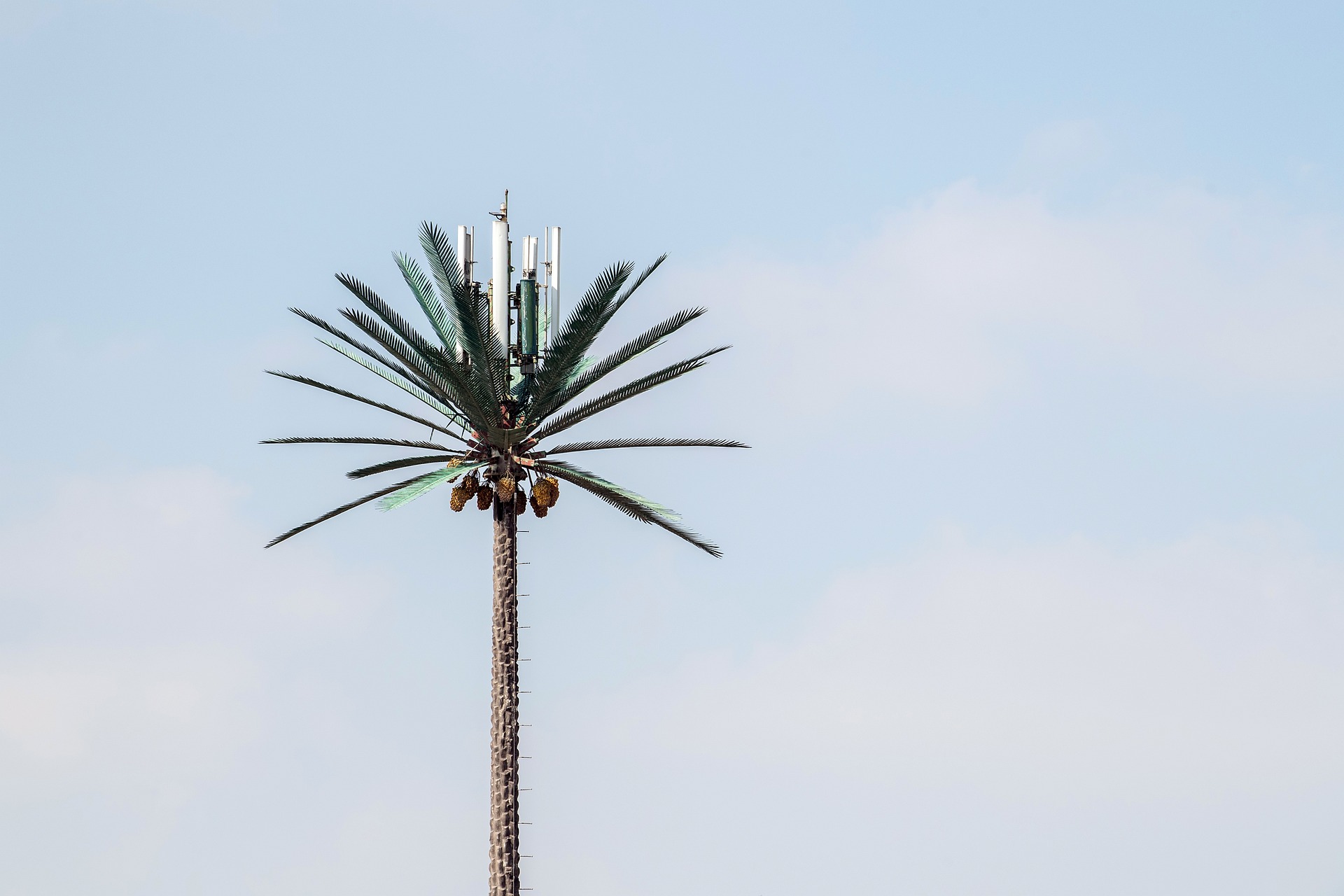Merging Technology and Art: The Cutting Edge of Digital Artistry
Introduction: Artistic expression is an ever-evolving landscape, continually embracing change and innovation. In the digital age, a new frontier has emerged—Digital Art. This article explores the birth, evolution, and current trends of this groundbreaking medium, charting its path and pondering its future.

The Dawn of Digital Art: A Historical Overview
Digital art, a form of visual art that uses digital technology as an essential part of the creative process, has its roots in the 1960s. Early pioneers like Charles Csuri and Frieder Nake started to use computer algorithms to generate art, marking the inception of this trend. The 1980s saw a significant leap with the advent of personal computers and graphics software, leading to a dramatic increase in digital art production and experimentation.
The Medium’s Evolution: Harnessing Technology’s Potential
As technology evolved, so did digital art. The 1990s witnessed the rise of Internet Art, which used the global network as a platform for artistic expression. The turn of the century saw the introduction of Virtual Art, with artists creating immersive, interactive experiences. With the current advancements in augmented and virtual reality, digital art is now transcending the confines of the static screen, providing multi-sensory, participatory experiences.
The Current Scene: Trends and Innovations
Today, digital art is pushing boundaries like never before. Artists are exploring AI-generated art, using machine learning algorithms to create pieces that evolve and react to the viewer’s behavior. The rise of non-fungible tokens (NFTs) is revolutionizing the way digital art is bought and sold, providing artists with new ways to monetize their work.
The Impact and Significance: A Cultural Shift
The digital art movement has redefined our understanding of art. It has democratized the art world, breaking down barriers by enabling anyone with a computer to create and share their work. It has challenged traditional notions of authorship and originality, raising intriguing questions about the nature of art and creativity in the digital age.
The Reception: Embracing the Digital Medium
While digital art was initially met with skepticism, it has gradually gained acceptance and recognition. Major institutions like The Museum of Modern Art in New York and the Tate Modern in London have incorporated digital art into their collections. Moreover, the high-profile sale of digital artist Beeple’s work at Christie’s auction house for a staggering $69 million signals a significant shift in the art market’s perception of digital art.
In conclusion, digital art continues to evolve, propelled by technological advancements and the artists’ unyielding spirit of innovation. As we move further into the digital age, it’s clear that this medium will continue to reshape the artistic landscape, opening up new avenues for expression and exploration.





